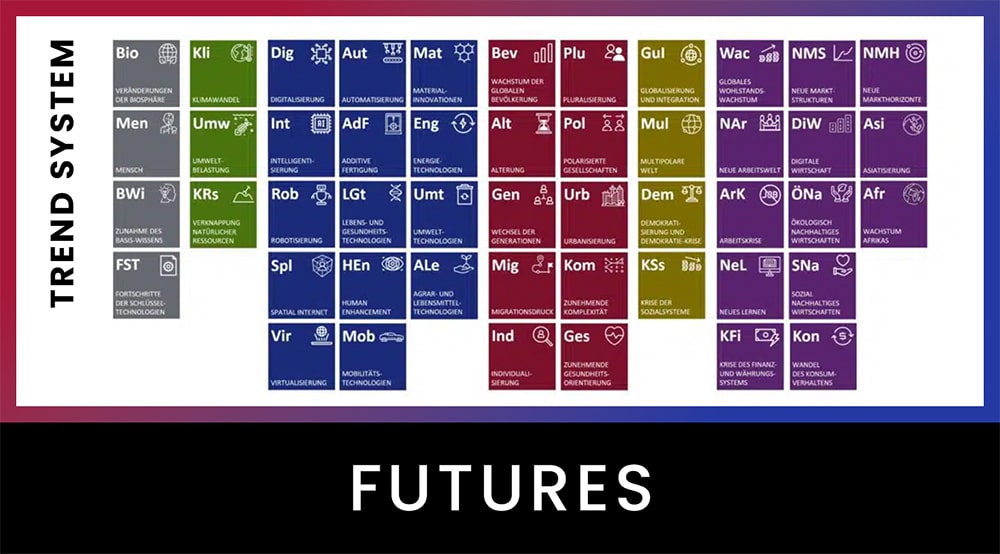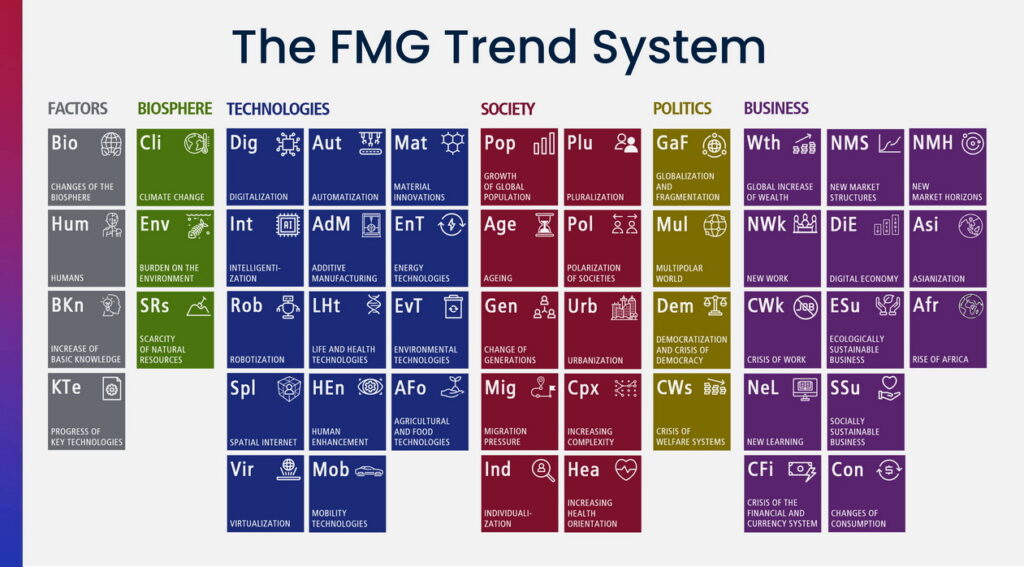The latest Metatrend study “The Rise of Humanoid Robots (2025-2035)” by Abundance360 impressively shows how rapidly humanoid robots are developing from a niche topic into a global market of the future. What was considered science fiction just a few years ago is now taking shape: New technological breakthroughs, falling costs and billions in investment suggest that humanoid robots will permanently change our economic and social system in the coming years.
The report sheds light on the technological basis, the enormous market potential and the social implications. In addition to scenarios on growth, costs and distribution, the 16 currently leading humanoid robots are presented. A detailed analysis shows how advances in sensor technology, actuators, batteries and AI interact to make humanoid robots more powerful, flexible and affordable.
The study also looks at the strategic level: which sectors will benefit first, which labor markets will come under pressure, and how can companies and politicians actively shape change? The report therefore not only provides facts and forecasts, but also offers orientation for investors, decision-makers and innovators who want to set the course for the future today.
7 key findings
Market explosion
The market for humanoid robots is growing exponentially. Forecasts range from USD 38 billion by 2035 (Goldman Sachs) to USD 24 trillion (Ark Invest). According to Morgan Stanley, around 63 million humanoid robots could be used in the USA by 2050 – with an impact on up to 75% of occupations and 40% of the workforce. Brett Adcock and Elon Musk assume that between 1 and 10 billion humanoid robots will be available worldwide by 2040.Technological convergence
Progress is not based on individual breakthroughs, but on the interaction of several technologies: AI (especially multimodal generative AI), sensors, actuators and energy storage/battery technology. This convergence allows robots to become more adaptive and at the same time massively reduces costs.Solution to labor shortage
In many industries – especially care, production and areas with hazardous exposure – humanoid robots could help to counteract the increasing shortage of skilled workers. An ageing population and falling birth rates in the USA, China and parts of Europe are exacerbating this need.Cost reduction
The cost of humanoid robots is falling rapidly: high-end models dropped from USD 250,000 to USD 150,000 within a year – a fall of 40%. Ambitious targets (e.g. Tesla’s price target of USD 20,000 for the Optimus) make this clear: The leap to mass distribution could be within reach.Investment opportunities
The sector is attracting massive amounts of capital. Example: Figure AI secured USD 675 million at a valuation of USD 2.6 billion. Morgan Stanley’s “Humanoid 66” index provides investors with a guide here.Social impact
The widespread use of humanoid robots could drastically reduce the costs of many goods and services and at the same time free up people for creative or meaningful activities. This could permanently change our image of work, value creation and social structure.Job disruption
The pace of AI development and robotics is increasing the risk of significant job losses in numerous sectors. Social responses – such as an unconditional basic income, robotics taxes or retraining models – must be discussed at an early stage.
Click here to download the report!




































